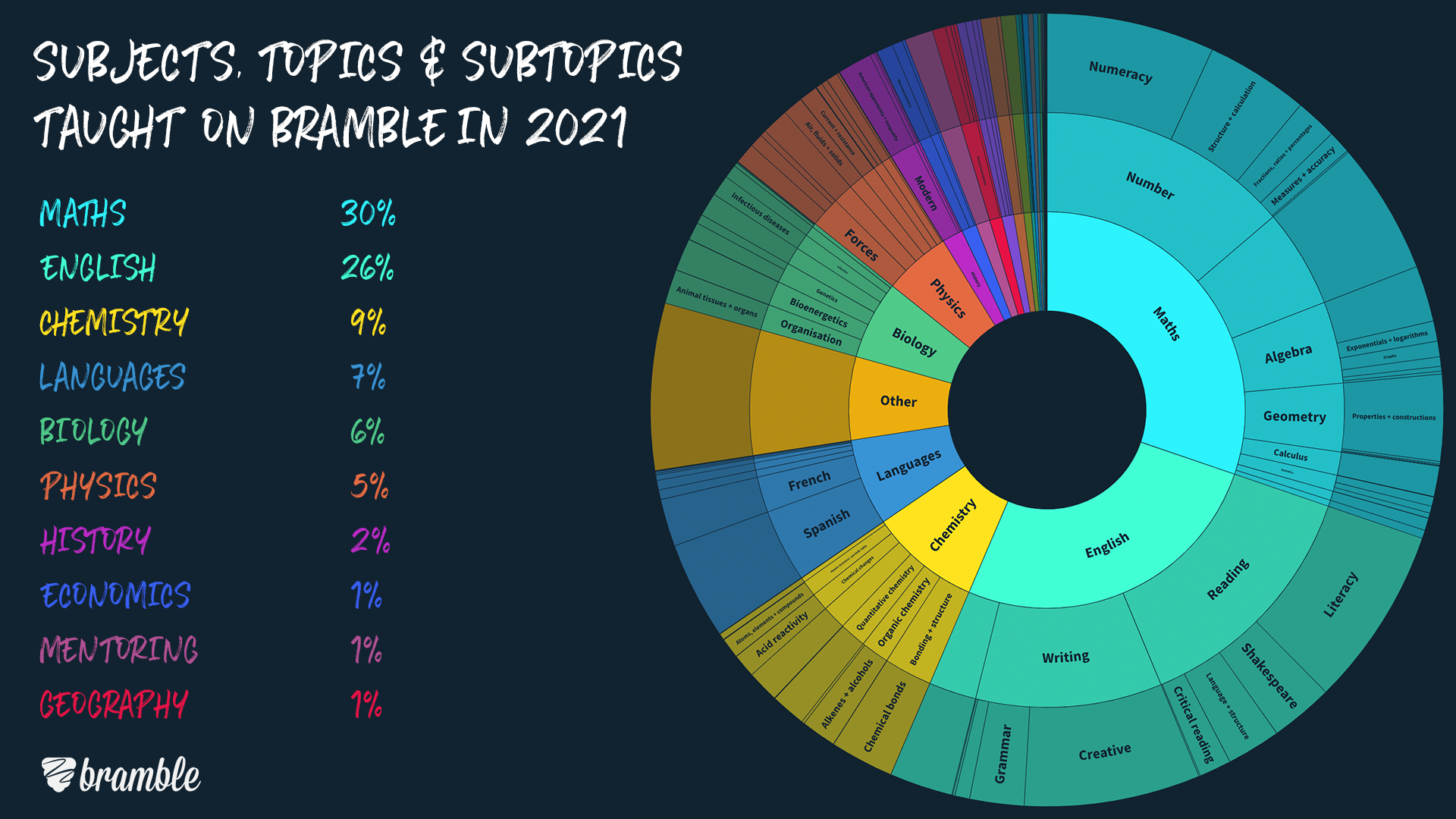How Statistics Tutoring Enhances Student Confidence and Learning Outcomes
Understanding the Obstacles: Why Students Discover Stats Difficult and How Tutoring Helps
Data offers numerous difficulties for pupils. The details of fundamental principles, paired with complex terminology, frequently result in misconceptions. False impressions can come from cognitive prejudices, especially in distinguishing relationship from causation. Customized tutoring arises as a practical service, providing customized instruction that addresses individual learning needs. As students browse these hurdles, they may uncover that the ideal assistance can transform their understanding and mindset towards the subject. What various other advantages might this strategy deal?
The Intricacy of Analytical Concepts
Although analytical principles are necessary for information analysis, their complexity often positions substantial difficulties for students. Many trainees struggle to understand fundamental ideas such as probability, distributions, and hypothesis testing. These principles need not just mathematical skills yet also an understanding of their real-world applications, which can be abstract and unintuitive. Using lingo and technological language further makes complex the learning process, making it tough for pupils to connect concept with practice. In addition, the interplay between different analytical techniques can bring about confusion, particularly when figuring out the proper method for a provided dataset. As students try to navigate these elaborate concepts, they might become overloaded, causing disappointment and disengagement. This intricacy necessitates efficient teaching approaches and helpful sources, such as tutoring, to help students construct self-confidence and accomplish a deeper understanding of data. Identifying these challenges is the initial step towards helping with better educational end results in the area.
Challenges in Data Analysis
Information interpretation presents considerable challenges that can prevent accurate evaluation and decision-making. Pupils commonly battle to draw meaningful final thoughts from data because of a lack of experience with various analytical approaches and tools. Misinterpretation can emerge from the frustrating amount of information, leading to complication about which metrics matter. Furthermore, cognitive prejudices may cloud judgment, triggering students to prefer data that verifies pre-existing ideas rather than assessing details objectively.
An additional difficulty hinges on differentiating relationship from causation, a critical principle that can skew understanding of relationships within information sets. The aesthetic representation of data, such as charts and charts, can sometimes misinform if not translated correctly, resulting in imprecise conclusions. These barriers emphasize the relevance of developing strong data analysis skills, as they are necessary for making informed decisions in both real-world and academic contexts. Effective tutoring can give the support required to overcome these obstacles and foster higher comprehension.
The Role of Chance in Data
Exactly how does likelihood shape the foundation of statistical analysis? Possibility works as a crucial device in data, permitting scientists to make inferences concerning populaces based on example information. By measuring unpredictability, likelihood allows statisticians to approximate the possibility of different end results, assisting in decision-making procedures. Likelihood circulations, such as the typical distribution, give necessary frameworks for comprehending data habits and variability.
Principles like theory testing count greatly on possibility to establish the relevance of outcomes. This interplay between Statistics Help probability and data aids in examining the validity of insurance claims and guiding additional study. Comprehending chance is crucial for interpreting statistical results properly, as it aids to contextualize findings within their broader unpredictability. Subsequently, a solid grasp of chance concepts furnishes pupils with the logical skills required to tackle intricate analytical obstacles, fostering a much more extensive understanding of the subject
Typical Misconceptions Regarding Stats
What are some typical mistaken beliefs that usually shadow the understanding of data? Numerous people erroneously think that data just involves numbers, neglecting its conceptual structures. Some think that a little sample size can generate reliable final thoughts, disregarding the relevance of depictive information. One more prevalent false impression is the idea that connection suggests causation, resulting in wrong analyses of partnerships between variables. In addition, lots of students assume that data is exclusively regarding calculations as opposed to acknowledging its function in data analysis and decision-making. Others might check out statistics as a rigid technique, failing to appreciate its flexibility in different contexts. Misunderstandings about statistical importance, such as corresponding it with functional relevance, also add to confusion. These false impressions can prevent pupils' capacity to comprehend analytical concepts effectively, often leading to disappointment and stress and anxiety when involving with the topic. Dealing with these misconceptions is essential for fostering a much more extensive understanding of data.
The Benefits of Individualized Tutoring
Personalized tutoring deals substantial advantages for pupils fighting with stats, as it customizes instruction to specific learning designs and demands. This tailored technique allows tutors to recognize certain areas of trouble and adjust their teaching methods as necessary. By focusing on the unique challenges each pupil faces, individualized tutoring promotes deeper understanding and retention of statistical concepts.
Additionally, one-on-one communication supplies pupils with the opportunity to ask concerns freely and obtain prompt feedback, boosting learning effectiveness. Individualized tutoring also helps construct confidence, as trainees progression at their very own rate without the pressure of a classroom atmosphere.

Often Asked Inquiries
What Previous Knowledge Is Needed Prior To Examining Stats?
Prior understanding in standard maths, including algebra and arithmetic, is vital before studying data. Familiarity with ideas such as variables, information, and features analysis significantly improves understanding and application of analytical concepts in real-world circumstances.
Exactly How Does Modern Technology Impact Knowing Data?
Technology improves learning statistics by offering interactive tools, simulations, and visualizations that clear up principles. On-line platforms enable collaborative understanding and accessibility to resources, cultivating a much deeper understanding of analytical methods and encouraging engagement among students.
Exist Particular Research Techniques for Learning Data?
Effective research methods for grasping stats consist of active method with analytical, making use of visual help, creating study hall for collaborative understanding, and using real-world examples to improve understanding and retention of statistical ideas.
What Careers Call For Solid Statistical Skills?
Occupations calling for strong analytical abilities consist of data expert, statistician, actuary, market researcher, and epidemiologist. These occupations leverage statistical techniques to translate information, educate choices, and address complicated problems throughout various markets, improving overall logical abilities.
How Can Team Research Study Sessions Assist With Statistics?
Team research study sessions boost understanding of data by promoting joint analytical, enabling diverse perspectives on complicated concepts, and promoting an encouraging setting where students can clear up questions and enhance finding out through conversation and shared sources. Online Statistics Tutoring.
